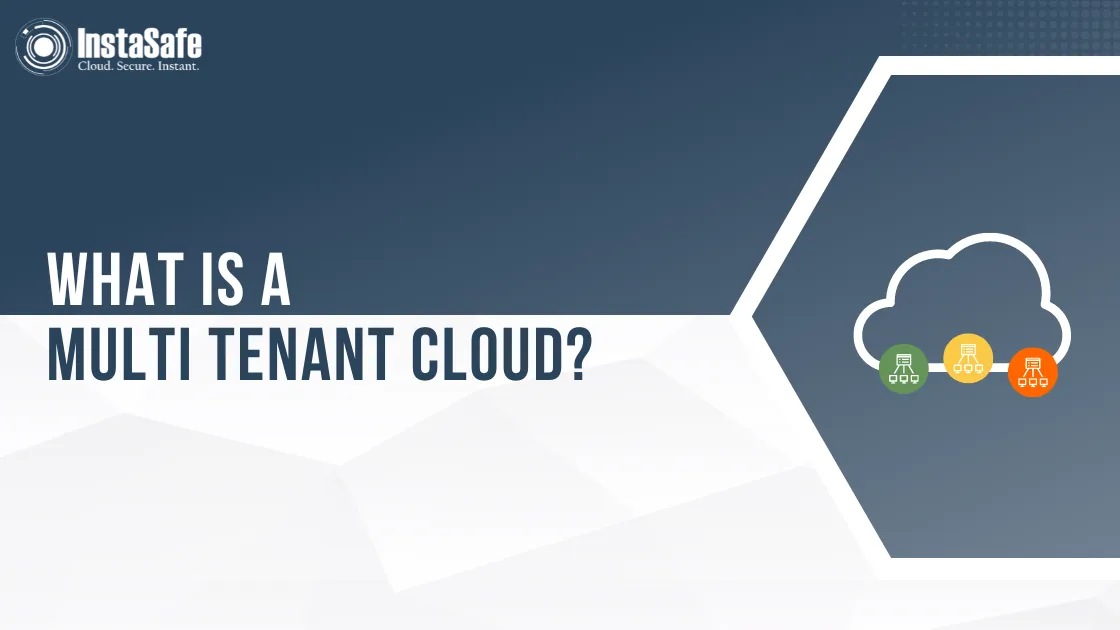What Is a Multi Tenant Cloud?

The cloud has revolutionized the way businesses operate, furnishing them with a scalable, flexible, and cost-effective way to manage their computing needs. One of the crucial features of the cloud is its capability to support multi tenancy. In this blog post, we will take a near look at what a multitenant cloud is, how it works, and its benefits.
What Is a Multi Tenant cloud?
A multitenant cloud is a type of cloud calculating armature where a single case of software or operation serves multiple guests, known as tenants. Each tenant is insulated from other tenants, and their data is kept separate, but they all partake in the same computing resources, similar to waiters, storehouses, and networks. In a multi tenant cloud, the software or operation is designed to be participated in and used by multiple guests, with each client having its own unique data and configuration settings. This is in discrepancy to a single-tenant cloud, where each client has its own devoted case of the software or operation.
How Does a Multi Tenant Cloud Work?
In a multi tenant cloud, the software or operation is designed to be scalable and flexible to meet the requirements of multiple guests. The cloud provider creates a single case of the software or operation, which is also partitioned into multiple virtual cases, with each case serving a different tenant. Each tenant has its own isolated terrain, with its own unique data and configuration settings. This ensures that each tenant is defended from other tenants and that their data is kept separate. The multitenant cloud armature is designed to be largely effective, with the computing resources participating among multiple tenants. This allows the cloud provider to achieve husbandry of scale and reduce costs, which are passed on to the guests.
Benefits of a Multitenant cloud
Cost-Effective A multitenant cloud is a cost-effective result for businesses, as they can partake in the computing resource with other guests, which reduces the cost of structure and conservation.
Scalability Multi Tenancy provides businesses with the capability to gauge their computing needs grounded on their changing conditions. The cloud provider can allocate fresh resources to a tenant as demanded, icing that they have got the resources they need to operate effectively.
Flexibility A multi tenant cloud provides businesses with the Flexibility to customize the software or operation to their specific requirements. Each tenant has its own unique data and configuration settings, which can be modified to meet its specific conditions.
Security Multi Tenancy provides businesses with a high position of security, as each tenant is insulated from other tenants. This ensures that their data is defended from unauthorized access and ensures compliance with data sequestration regulations.
Collaboration Multi Tenancy enables businesses to unite with other guests on the same platform. This can lead to increased invention and the exchange of ideas, which can lead to better business issues.
Conclusion
A multitenant cloud is a cost-effective and effective result for businesses that want to take advantage of the benefits of cloud computing. It provides businesses with scalability, inflexibility, security, and collaboration, all of which are critical factors of a successful business. Multitenancy provides businesses with the capability to partake in computing resources, which reduces costs and ensures that they have the resources they need to operate effectively. The armature is designed to be largely effective, with the computing resource participating among multiple tenants, icing that each tenant is defended from other tenants and their data is kept separate. In conclusion, a multi tenant cloud is an important result for businesses that want to take advantage of the benefits of cloud computing, and it's likely to play a decreasingly important part in the future of computing.
Key Products
Multi Factor Authentication | Identity And Access Management | ZTNA | Zero Trust Application Access | Secure Enterprise Browser
Key Features
Single Sign On | Endpoint Security | Device Binding | Domain Joining | Always On VPN | Contextual Access | Clientless Remote Access | Device Posture Check
Key Solutions
VPN Alternatives | DevOps Security | Cloud Application Security | Secure Remote Access | VoIP Security
